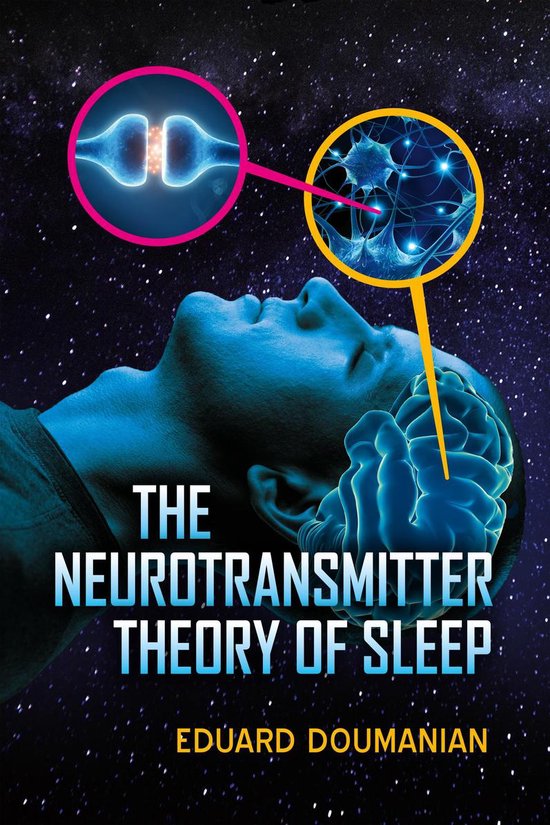
The Neurotransmitter Theory of Sleep
Despite the fact that we spend roughly a third of our lives asleep, science has still not been able to provide an answer as to why we and other animals sleep. While much of sleep physiology has been elucidated over years of scientific research, there has never been a thorough explanation of sleep that accounts for all of the observed sleep phenomena and uncovers sleep's primary purpose and why it evolved in the first place. Until now. The Neurotransmitter Theory of Sleep integrates concepts from multiple disciplines and various models and theories (both old and new) into one unified explanation of sleep. Similar to how Einstein's General Theory of Relativity shed new light on the concept of gravity and supplanted Newton's ideas of gravitation, this book describes sleep neurophysiology in a new light and proposes an explanation that accounts for all the phenomena that have yielded numerous, seemingly disparate theories and hypotheses regarding sleep's primary purpose. This book is where it all comes together. In 1982, Dr. Alexander A. Borbély, MD, graced the field of sleep science with his Two-Process Model of Sleep Regulation. His revolutionary mathematical model laid the foundations for subsequent generations of scientists to gain an even deeper understanding of sleep's intricacies. It describes two separate processes regulating sleep: a sleep-independent process called Process C and a sleep-dependent process, Process S. Understanding what underlies these two processes becomes central to elucidating sleep's primary purpose. Over many years of scientific inquiry, a number of theories and hypotheses have been proposed to explain why we sleep: The Restoration Theory of Sleep, Theory of Adaptive Inactivity, Theory of Energy Conservation, and the Synaptic Homeostasis Hypothesis. Each of these, in isolation, is not able to explain sleep's purpose for all animals that do sleep. With the ever-growing number of propositions and phenomena to be accounted for, the prospect of uncovering a simple, elegant explanation to all of it seemed to get further out of reach. 2014, however, proved to be a breakthrough year. The field of sleep science saw a major leap in the right direction with the advancement of a new explanation of sleep proposed by my former physiology professor, Dr. Richard Horner, PhD, in his book The Universal Pastime: Sleep and Rest Explained. Just as there are two sides to a coin, there are two sides to sleep's primary purpose. Horner's explanation represents one of those facets. The other side of the proverbial coin is an explanation provided by The Neurotransmitter Theory of Sleep. An explanation that stands alongside Horner's ideas and allows them to take root. An explanation that links the Two Process Model of Sleep Regulation, Restoration Theory, Synaptic Homeostasis Hypothesis and Horner's explanation of sleep into one unified theory. An explanation that both observes Occam's razor and the correspondence principle. An explanation that lays the confusion to bed.
| Auteur | | Eduard Doumanian |
| Taal | | Engels |
| Type | | E-book |
| Categorie | | Wetenschap & Natuur |